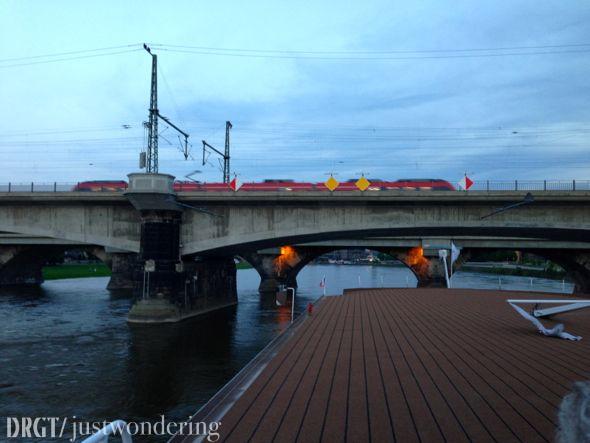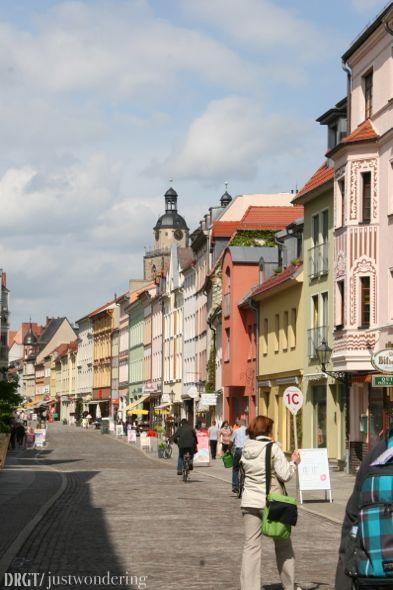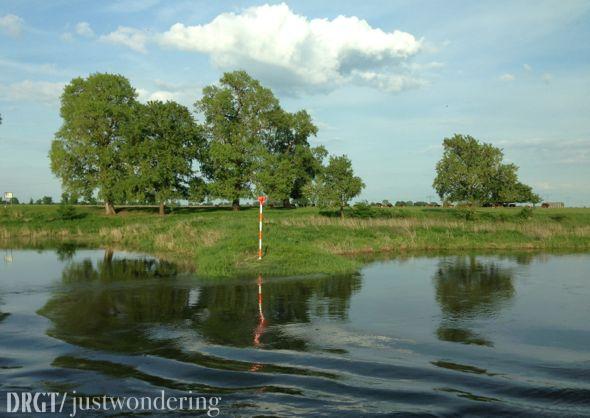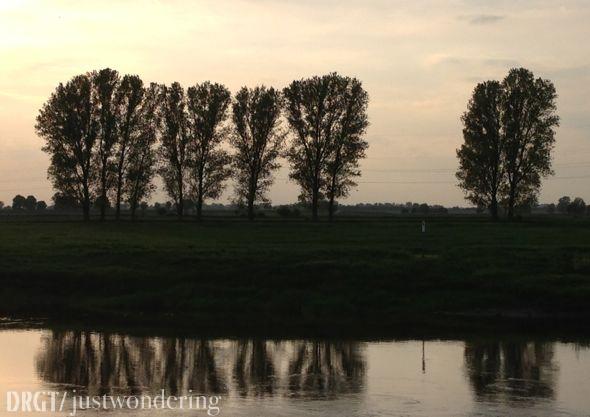We’re nearing the end of this summertime series of oldies,
and this one is about 10 years old, I think.
In honor of our time away on Kauai
this window is from the beautiful historic church in Hanalei,
where we worshipped yesterday morning.
Coming Home
Luke 15 – The Parable of the Prodigal Son
A Sermon Preached at
Montecito Covenant Church
by Diana R.G. Trautwein
sometime in 2003 is my best guess
What is home? Where is home? How do we get there? What does it mean to go home, to come home, to be at home? What are the ingredients required to make home home?? Can one be at home without ever having a house? On the other hand, is it possible to be at house without being at home?
The story before us today deals with questions like these. Because it is, at its heart, a story about homecoming, a story about welcome, a story about celebration, a story about grace, uncommon grace – the kind of grace, the kind of mercy, that we don’t understand, the kind of grace that we sometimes find puzzling, uncomfortable, unreasonable, unfair.
Grace, unfair? Yup!
Grace, unfair.Totally, completely, unhesitatingly, undeniably unfair. Because that is, after all, what the word means: unmerited favor; undeserved goodness; unwarranted kindness, forgiveness, acceptance, welcome, at-home-ness.
And most of the time, we haven’t got a clue what to do with it! We just do not get it. We need help, we need open eyes, open minds, open hearts.
The gospel of Luke tells us a whole lot about this grace, this weird thing that God does, this remarkable, divine grace that God puts flesh around in the person of Jesus of Nazareth. Luke tells us about the surprises of God’s grace, God’s mercy, from the very opening verses of his gospel story. He puts it in the mouths of those two great singers in chapter 1, Zechariah and Mary. “For God has looked with favor on the lowliness of his servant,” Mary sang out. “God, the Mighty One, has scattered the proud in the thoughts of their hearts, he has brought down the powerful, he has filled the hungry with good things, and sent the rich away empty.”
Surprise! Grace pays no-never-mind to wealth and power. What you have and who you control have no impact on the gifts God wishes to give. In fact, the less you have, the more you are likely to receive. Weird stuff, this grace.
And Zechariah, that strange old priest who fathered that strange young prophet – he gave melody to these words: “God has shown the mercy promised to our ancestors. You, my child, will go before the Lord, to give knowledge of salvation to God’s people, by the forgiveness of their sins. By the tender mercy of our God, the dawn from on high will break upon us, to give light to those who sit in darkness and in the shadow of death, to guide our feet into the way of peace.”
Surprise! God’s mercy and grace are nothing new. They’ve been a part of God’s story from the very beginning. The mercies of God have been promised from the earliest tracings of God’s dealings with the human family. And those who sit in the darkest places will be the first to see the light of God’s promises fulfilled.
Amazing grace, surprising mercy, remarkable love.
That’s the heart of the gospel message. That’s the heart of Luke’s story. That’s the heart of Jesus, who came to show us the Father. And the One that we’re looking at in this sermon series entitled, “Introducing Jesus.”
And this story, this parable, this teaching tool from the lips of the Savior — these 21 verses located about 2/3 of the way into Luke’s larger gospel – and told only here in the New Testament – this story contains some of the most important truth that we, as followers of Jesus Christ, need to know.
Before we dive into it, let’s pray together:
Lord God, Maker of heaven and earth.
Father of our Lord Jesus Christ and our Father,
what in the world can I say about this tiny gem of a story
that hasn’t already been said a thousand times?
The story is old, the story is wonderful,
the story is rich and thought-provoking,
weird and wonderful,
and we’ve all heard it about a million times before.
Help us all, O God, to hear it again.
To hear it with new ears, with hearts that are open
to hear old truths in new ways.
Your word is the truth, and our only hope for finding our way.
Will you use it today to help us receive you,
to help us see you?
Thank you, Lord, that you hear and answer prayer. Amen.
Brent has read for us this remarkable and very familiar story, this story of fathers and sons, of going away and coming home, of wasted potential, of earnest hard work, of pig slop and fatted calves and great rejoicing and bitter rejection. A study in contrasts, a series of lessons we have such a hard time learning.
Who are you in this story today? At various times in our lives, we are at least one of the main characters described here.
Are you the wastrel today, the younger child, demanding your inheritance, going your own way, determined to have a good time, the consequences be damned?
Are you the hard worker, the older child, staying at home, doing your duty, secretly angry, angry, angry and resentful beyond belief?
Are you the parent, rich in resources, but lonely for the children you love?
Who are you today? Where are you today?
If you were there in the crowd that day, listening to Jesus tell this story, you might have found it hard to hear. “Something’s wrong here,” you might have thought. “Something’s not quite kosher. Clearly the father in this story is wealthy. He’s got hired hands and he’s got slaves. He’s got goats and he’s got fatted calves. He’s got robes and rings and fancy shoes. But right there, at the very beginning of the tale, he’s as good as dead, no matter how much stuff he’s got. He lets that younger kid break up the estate, run off with his third of the money, and he gives the ranch over to the older one before he has even died! The old guy is basically giving up everything that means ‘life’ and identity and substance and ‘being’ in our culture. What kind of a story is this, anyway?”
If you’re part of the crowd that was testing Jesus – those Pharisees and scribes who wondered what in the world Jesus was doing hanging out with such riff-raff –if you’re a part of that high-falutin’ crowd, you’d really wonder where Jesus is going with this story.
And if you’re part of the riff-raff, you’d know that this gentle rabbi, who loved a good laugh and a good glass of wine, was bound to be upsetting folks before long!
By now, most of you folks who’re listening to Jesus teach – no matter which crowd you’re a part of – by now, you’ve gotten used to his methods. He likes to tell stories, just like a lot of the rabbis of the day. He likes to tell stories that make you listen, that make you think, that make you do a large part of the work. He likes you to have to wrestle the truth out, to wonder what the point is, to take some ownership in the whole learning process. And right away, you can see that this story is no exception. And as the story begins, it’s anybody’s guess just where Jesus is headed.
(Well, there are a couple of clues in those other two stories he told right before this one -the first one about the lost sheep and the other one about the lost coin. Some common threads are showing up: things that are lost and then found, great parties, great rejoicing.)
“But what,” you might wonder, “is the real point of the deal? How is this story an answer to all that grumbling the Pharisees have been doing?”
If you’re paying attention to the story the rabbi is telling, certain words, certain phrases, certain ideas begin to leap out at you, to catch your ear, and then your mind. Sometimes those words cause you to question and to wonder, sometimes they give you an ‘a-ha’ kind of experience, sometimes, they leave you just plain speechless.
But a lot of that depends on who you are today as you listen to the rabbi tell his stories –are you an older sibling or a younger one? a Pharisee or a sinner? An insider or an outsider? And which is which in this story, anyhow?
The younger child’s story is filled with ear-catching lines like these: ‘Father, give me my share…” “So the father divided his property…” “When he had spent everything…” “…he hired himself out to a man who sent him to his fields to feed the pigs…” “But when he came to himself…” “While he was still far off, his father saw him and was filled with compassion…” “…let us eat and celebrate; for this son of mine was dead and is alive again…”
If you are a part of the riff-raff today, standing with those whom the Pharisees resent, those the scribes look down on, if you’re a part of that crowd of listeners, you probably hear these words of Jesus with recognition and relief. You hear the rabbi’s story and you think: “Surely, that young man’s journey is much like mine! I have wasted my potential in wild living, I have hired myself out to keepers of swine, (those Romans for whom I collect all these taxes are certainly swine-like!) I, too, have yearned for the bean pods and found no one to feed me, no one to help me. I have felt cut off from my home, my people, my God. I wonder, have I come to myself yet? Is that what this rabbi is calling me to do? To come to myself? To come to the father? Could it be that the God I have turned my back on is anything like the father in this story? Can I trust myself to such a God?”
Yes, I think if you are in the noisier, earthier section of Jesus’ listeners, you see yourself in that younger son today. And you might even feel hopeful about your situation, hopeful for the first time in years.
But what if you’re part of that team of questioners, quibblers, and leaders, those righteous rulers who grumble and gossip and complain about the company Jesus keeps? Where are you in this story? As you listen, you’re beginning to see where Jesus is headed with this whole thing, and you don’t like it at all. You know where righteousness and justice are found even as the story begins. Some of the very same phrases that catch the ears of those riff-raff over there are catching your ears as well.
But somehow, you are not hearing the same things at all. “Who in the world does that young whipper-snapper think he is?” you wonder. “Everyone knows you don’t ask your father for your inheritance ahead of time, it just isn’t done, it isn’t done! And imagine the frustration of that poor older brother! He gets to stay at home and work like a dog, for what? So that his doddering old dad can waste that calf they’ve been fattening up! Why, that noble man has probably been holding that calf in reserve to impress some important potential clients, buyers of their livestock and produce, perhaps – and that crazy old man is wasting such a great prize on that scamp of a brother! Why, I don’t blame that guy one bit for his anger! I’d be madder than blazes myself, that’s for sure! What is that old geezer thinking?? He’s got a righteous son, a dutiful, obedient son, a hardworking and industrious son, a loyal and subservient son – and is the thanks he gets??? What kind of a story is this, anyhow?”
Ah.
We seem to have a bit of a problem here, don’t we? The riff-raff can find themselves in the story. Those who have been broken by life, by their own poor choices, by their own sin – they can see themselves for who they are. They can acknowledge their own weakness, they can hear the words of the younger son and say them with him: “I have sinned against heaven and against you; I am no longer worthy to be called your son.” They have nothing left to lose, and they see their humble return to the father as the only road available to them.
But the righteous rulers can’t see themselves at all. Well, actually, they do see themselves, they just don’t see themselves as Jesus sees them, as God the Father sees them. And that is the core issue here, isn’t it? Grace and mercy can only be perceived, can only be re>ceived by those who are willing to admit that they need it, that they have done absolutely nothing to deserve it, that they are hopeless and helpless without it.
The older brother begins the story as the one on the inside, the father gives him all that he has. But somehow, he cannot see it, he cannot receive it, he cannot appreciate it. He cannot receive this loving gift from his father because he has not been willing to relinquish his right to have it. He insists that he can earn it, that he deserves it, that he is in control at all times of what should be his by right. He ends the story on the outside, looking in with anger, jealousy, resentment, bitterness and a stubborn refusal to join the party.
The younger son, on the other hand, begins the story on the outside, breaking up the family and leaving for a far country to live in ways unworthy of his home. When he loses it all, he sees the truth of his situation. He ends the story on the inside, the recipient of the father’s uncommon grace, his loving compassion and mercy. He is warmly enfolded into the center of family life, forgiven, renewed, restored.
I ask you now, what is fair about that??
Absolutely nothing.
There is nothing fair about it. Jesus, as God’s word enfleshed, completely redefines the world’s ideas about justice, about fairness, about righteousness, about goodness and grace and mercy. The father in this story loves both of his children, he goes out to both of his children, he offers gracious gifts to both, he includes both in the celebration of homecoming.
The younger child enters in, gratefully receiving all that the father offers.
The older one remains outside the door, and we are left wondering, will this much-loved child let go of pride? Will this one let go of the need to win? Can those powerful, culturally ratified ideas about rights, fairness, righteousness, the requirements of duty be let go? Will this child join with the father, join the party, join in the rejoicing because the one who was dead, is alive, the one who was lost, has been found?
This is what it’s all about, isn’t it?
Recognizing our need, relinquishing our rights, rejoicing in finding the lost. This is the mission of the church of Jesus Christ: to seek and to save those who are lost, to rejoice when they are found, to rely completely upon the uncommon grace, the welcoming, loving mercy of the Father.
It’s all about moving from the outside to the inside, it’s all about recognizing home, coming home, being home, celebrating home, offering home, and welcoming others home.
Home is where the Father is, and Jesus shows us the way.
Let’s pray together:
We come to you this morning, Lord,
as those who are in need of home.
Help us to see our need,
to acknowledge our need to you,
to know that there is absolutely nothing
that we can do
or earn
or win,
that there is
no amount of hard work,
or dedication to duty,
or any self-made righteousness
that can bring us home.It is only by your mercy that we can come in,
it is only by your grace that we can be saved.
Here and now, Lord, help us to let go of
our need to be right, our need to prove a point,
our need to keep score!
We want to give it all over to you, O God,
because we know from your word that you don’t keep score.
And what a blessing that is!
Thank you for your grace, for your love,
for your welcome home.
Because of Jesus we pray,
Amen.




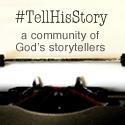










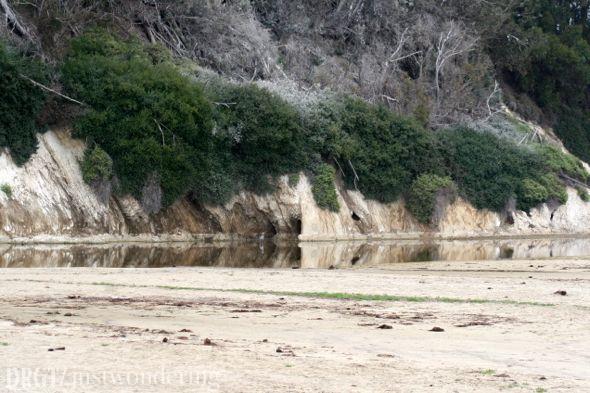



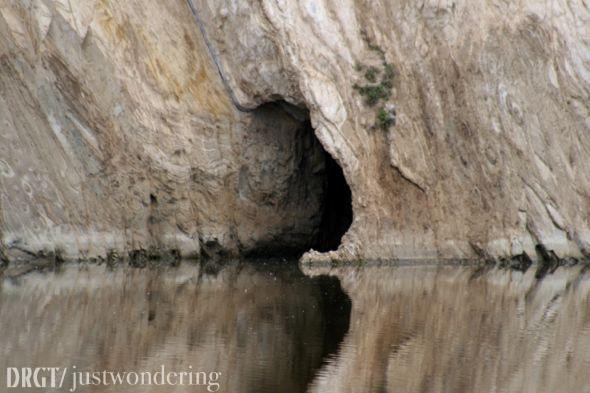






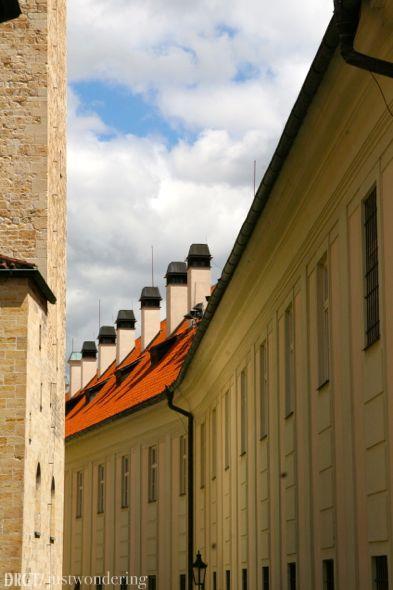
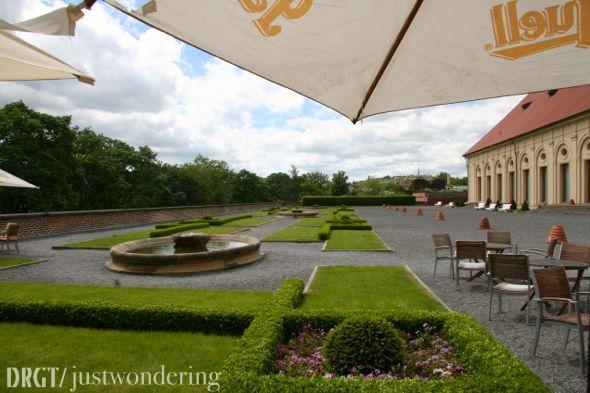
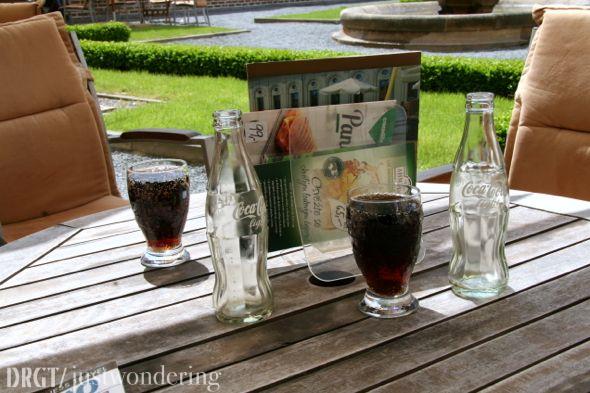

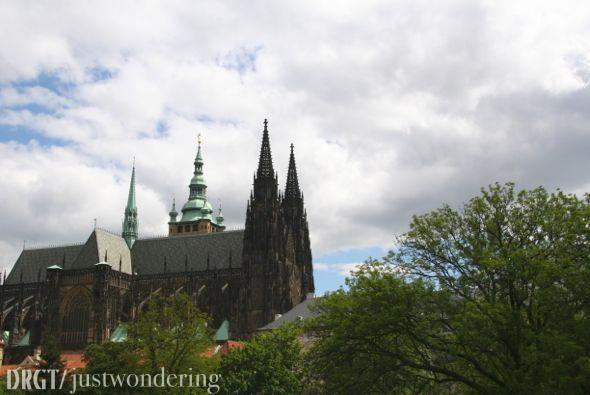


















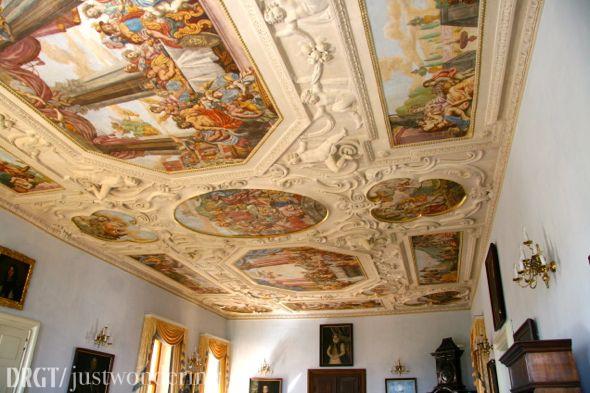

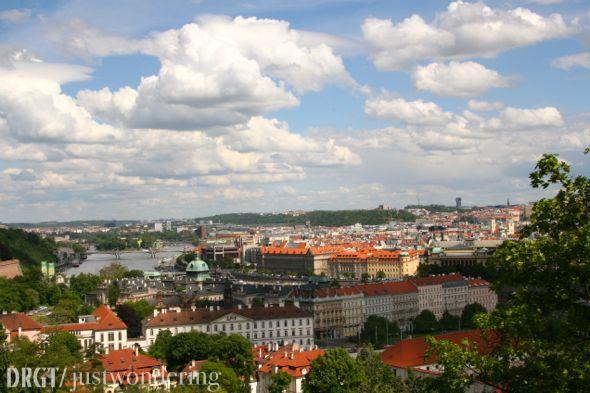


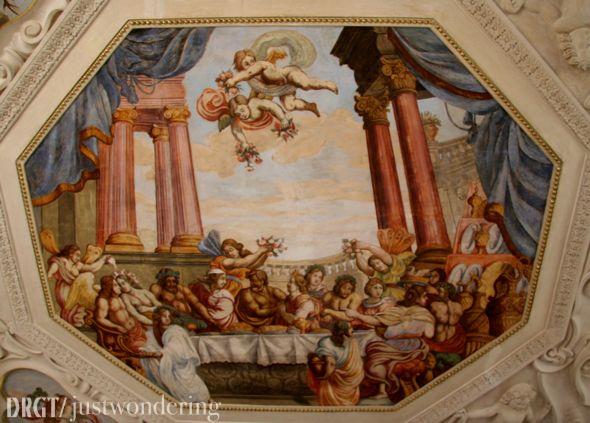














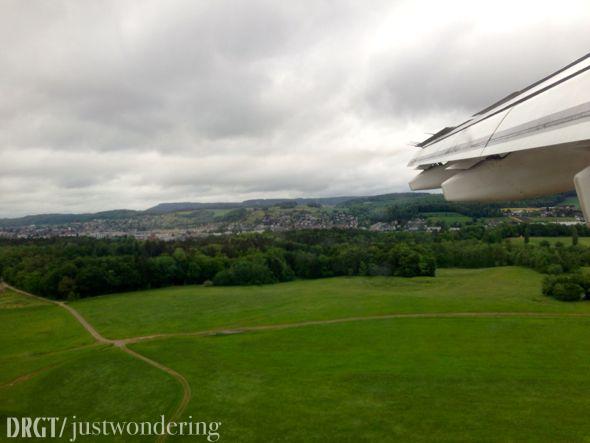








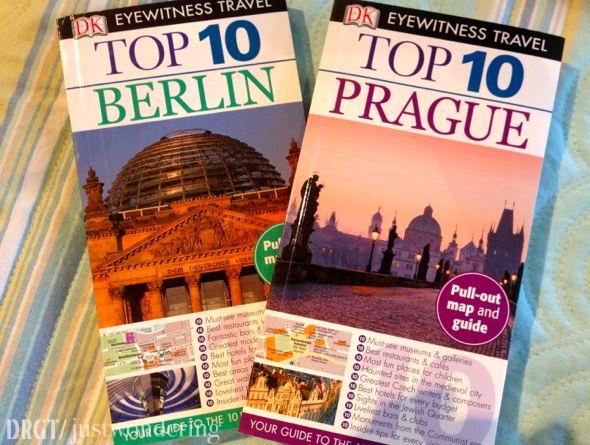











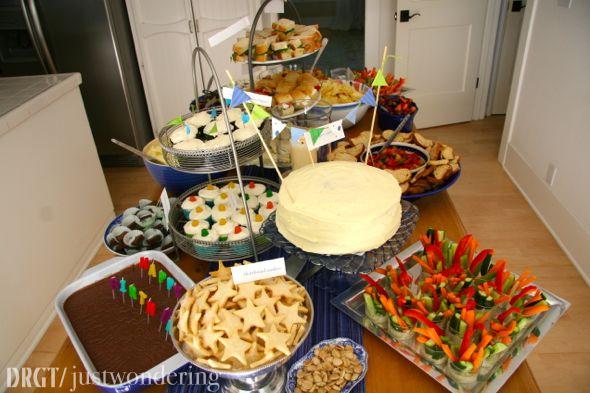







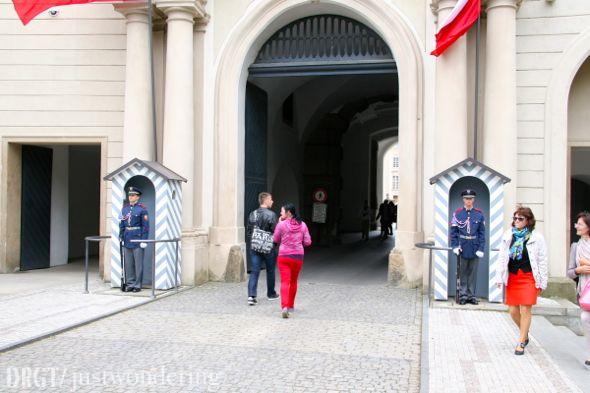




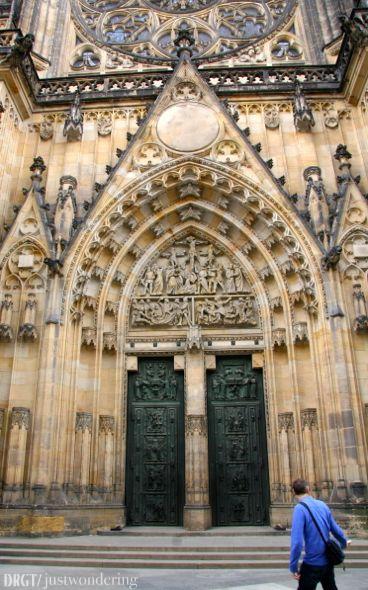











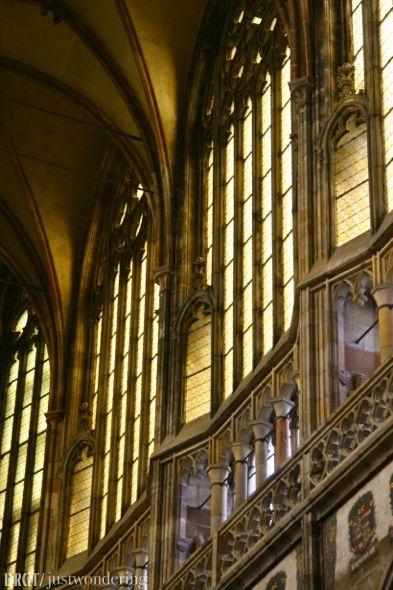

























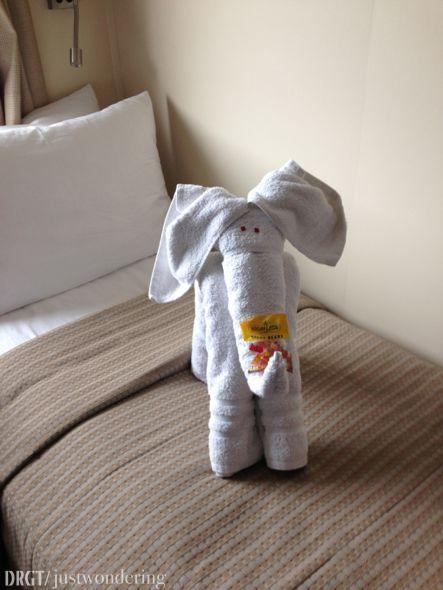






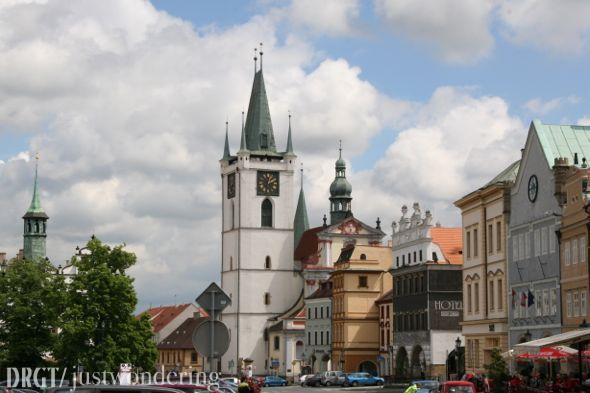
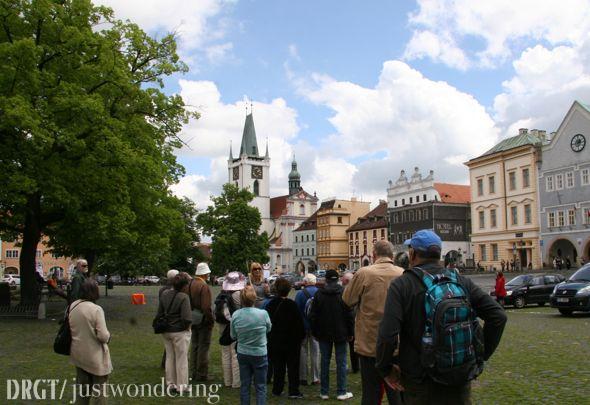

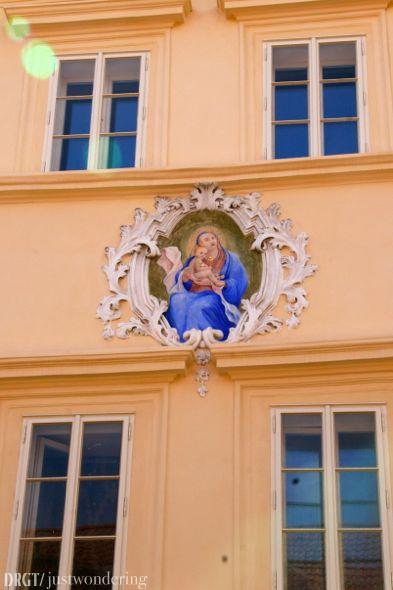













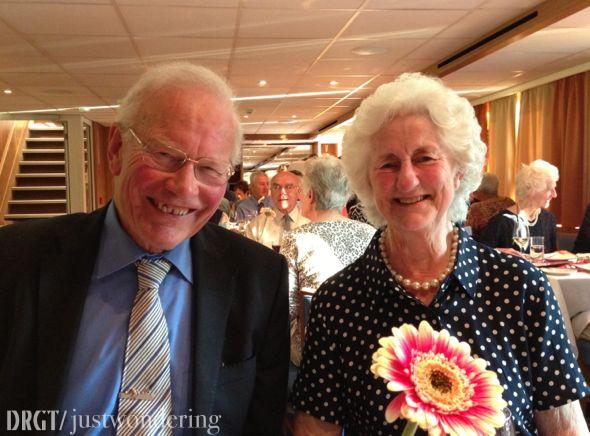












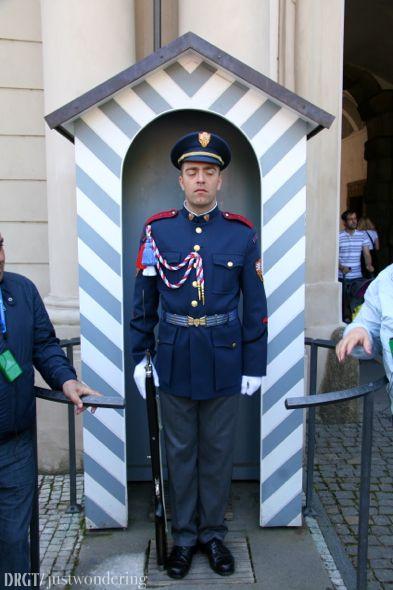













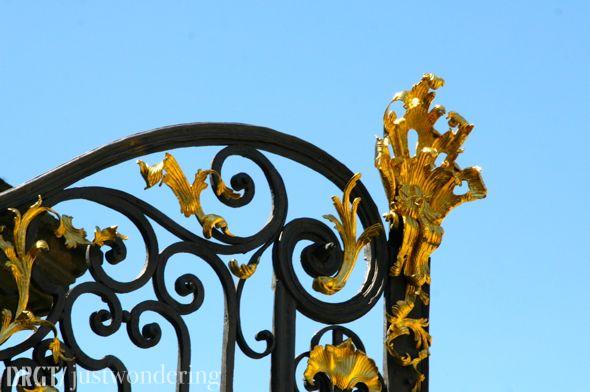



















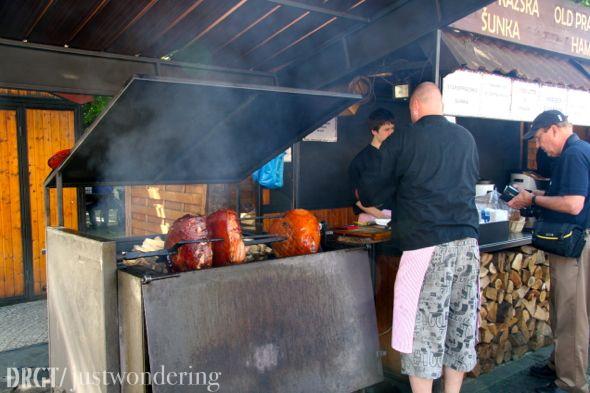







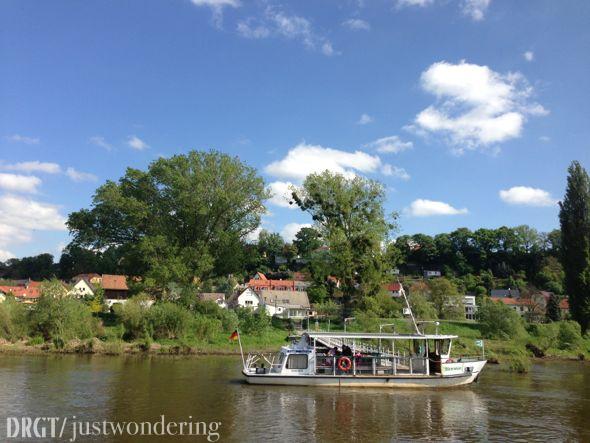





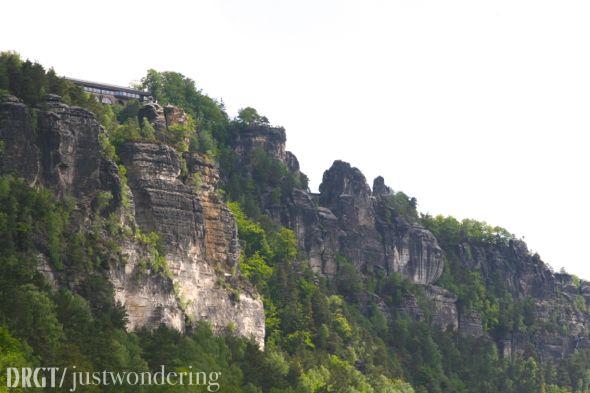













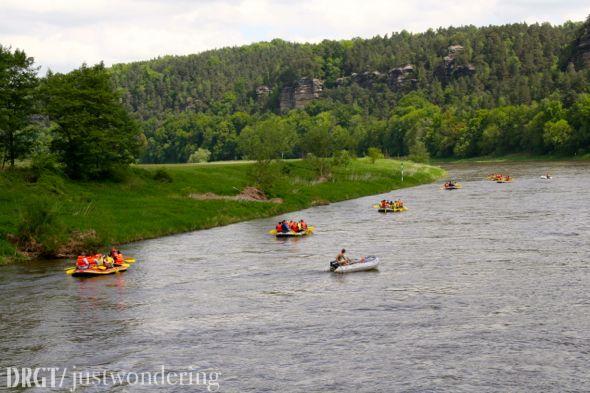



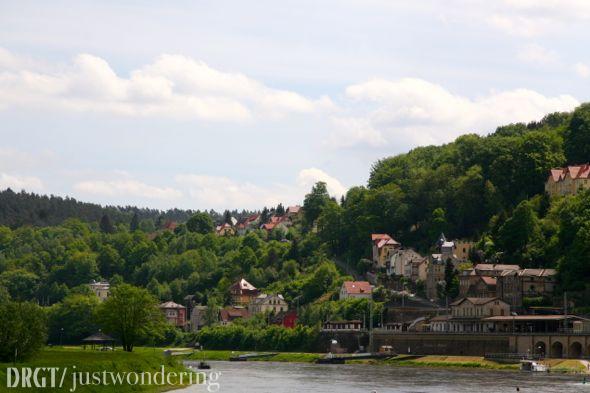











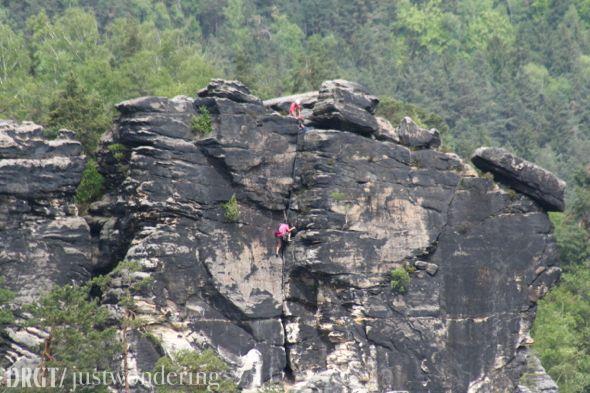
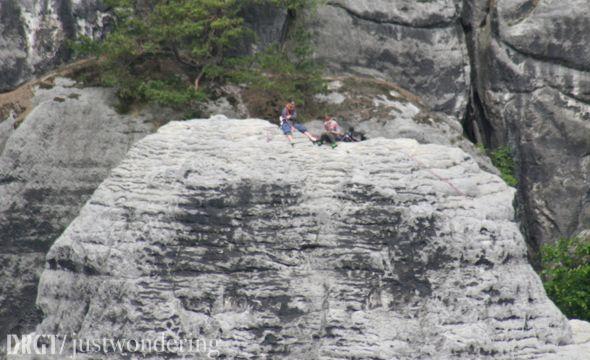






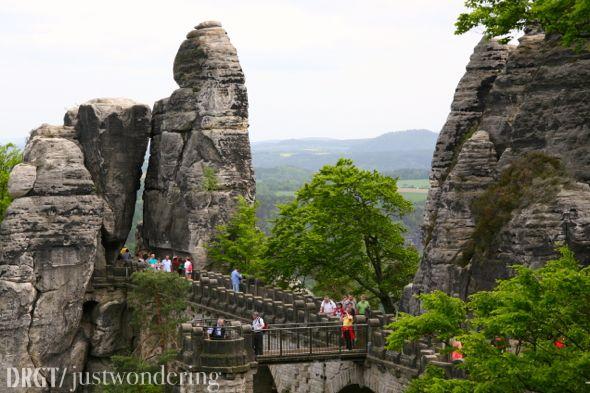
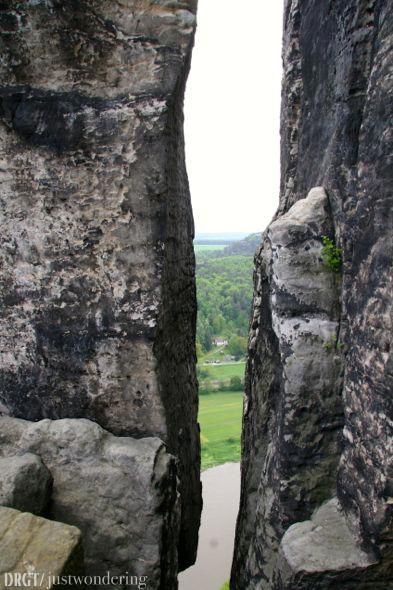
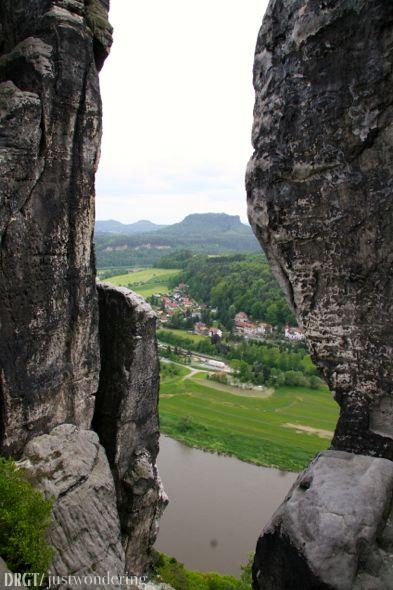
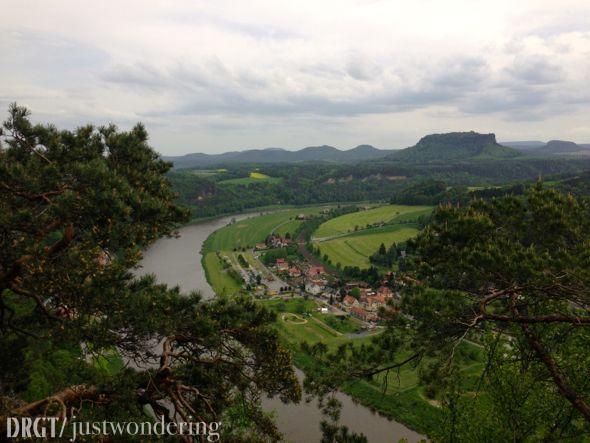





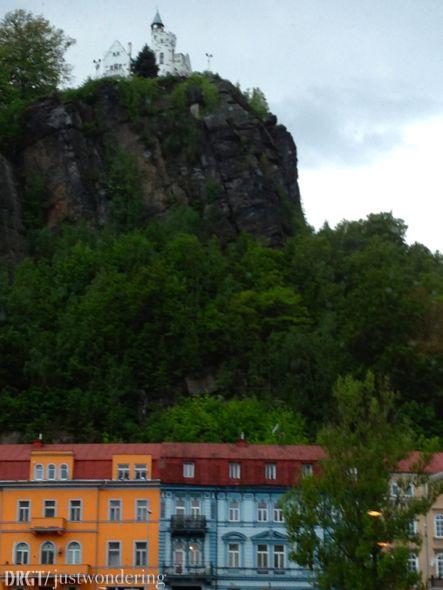

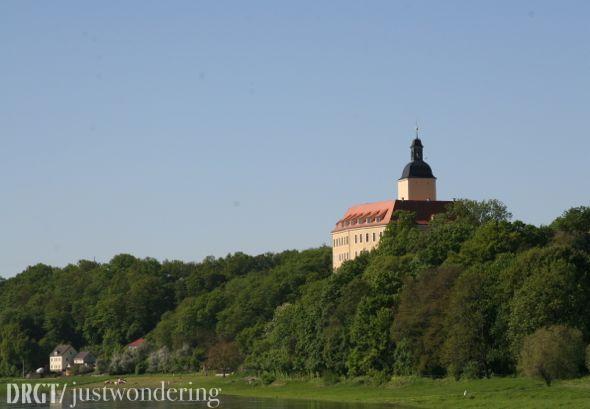


















































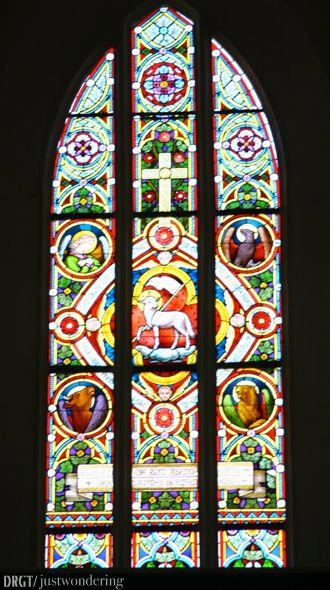 We thoroughly enjoyed our tour of this town and came back to the
We thoroughly enjoyed our tour of this town and came back to the
